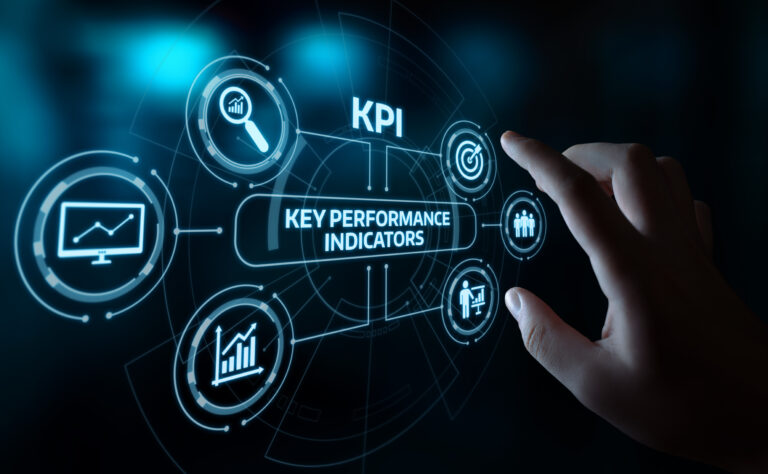Globalization and technology have revolutionized the international workforce. While most of the outcomes are positive, there are a few quirks that still need solving for. One thing that needs to be resolved is language processing and translation. These methods have improved throughout the last seventy years. Yet, there seems to always be more that technology and AI can do to perfect the machine translation process. When it comes to international business, a constant struggle is being able to effectively translate documents in a timely manner. Technology has continued to grow and solve for this major pain point. While state of the art translation technology has been produced, it still remains to be the widely adopted. To understand the importance of this technology, it’s first imperative that you understand the history of machine translation.
When human’s translate documents it can take a very long time, which is why this isn’t an ideal method for mass quantities. If you have high volume translation need using a machine is your best option. This is why in the 1950’s machine translation techniques were initially developed. Machine translation is exactly what it sounds like. It’s using a computer to translate documents with no human interaction. Did you know that automatic translation of texts from language to language was actually one of the first objectives for computers? Well, it was! Today it still remains to be a huge priority with the advancement of technology and AI. This technology was revolutionary at the time. Still, these approaches implemented by machine translation haven’t always been entirely effective.
Machine translation has continued to challenge the world of technology, as time goes on we’ve adapted the ways in which we attempt to have AI fluently translate a variety of languages. At first, machine translation worked off of a “rule-based” system. This implemented a mixture of grammar and language rules as the basis of translation. In the 1990’s translation began to use statistical methods, which generated translation by having computers analyze data from language use.
This development was imperative in creating a more effective way of machine translation. Still, it required prior information and data for AI to analyze. It, therefore, needed a translation alignment tool to be fully functional. Translate alignment by definition is the way in which technology can utilize already existing translation materials. This tool can syndicate your formerly translated documents and text into translation units which were a part of the data that statistical methods could pull from once this information was added into a translation memory.
While this was a step towards greater efficiency, machine translation and it’s AI still depended on other variables to function accurately. Today, deep learning has provided technology that allows platforms to operate on their own. The most recent ways to translate have been developed by a deep neural network model which uses start-of-the-art technology to achieve incredibly accurate results.
Machine Learning VS Deep Learning

With so many varieties of approaches, which form of translation is best, and why?
Machine learning is a subdivision of AI and it operates in computer science. It typically pulls from statistical techniques to give computers (or machines) the ability to “learn” and adapt their functions with data that is provided. This means that once the machine learns something, the AI can continue to progress, and function without specifically being programmed–or instructed–to do so.
Deep learning is a component of machine learning methods established on learning through data, as explained above. In machine learning, this method has produced incredible results that allow technology to translate items more accurately than ever seen before.
Machine translation is an approach can be compared to Google Translate method. In the same way that Google Translate would, machine translation uses the statistical alignments of words and phrases to translate the text. This method can make sentences sound choppy and some words seem out of context, as machine translation attention doesn’t mimic human behavior. When using technology to translate for you, you want it to sound like it’s been done by a person and not artificial intelligence.
Humans don’t use a statistical alignment approach to translate languages. Instead of translating by fragment, we take the time to fully understand the meaning of the phrases and words we are translating. The more technology grows the more machine translation alignment tools have become outdated.
Deep learning, a branch of machine learning methods, has transformed the way in which technology can efficiently translate documents. Neural or Deep Learning Machine Translation involves artificial intelligence and is a much more efficient method of translating. Their developments in machine language translation have made it easier for technology to translate from language to language.
Deep learning and Neural Machine Translation have developed a translation alignment tool based on the architecture called “sequence to sequence”. This state of the art technology mimics the human method of translating. In its processes it produces results that often time have much better quality, tightening the precision gap between human and machine translation. Making translations sound more fluid, natural, and most importantly accurate.
When these two methods are compared, you can see that the main difference is context. Machine translation takes a word and translates it with no regard for how it fits into the larger sentence. Neural Translation, however, looks at a text and analyses it for context. This new technology and AI allow for superior reading of the text prior to its translation. This function results in more accurate and fluent sounding results.
Each language has certain sayings that will not translate directly. For example in American English, a common phrase is “That was a piece of cake”. When used, no one is actually talking about cake. Instead, it means the situation was handled easily. Colloquial sayings such as this are an example of why literal and word by word translation aren’t always productive or accurate.
Deep Learning Translation in the modern world

Now more than ever deep learning is needed. If you are in the international space and translating between languages is a priority for you, you should be utilizing this state of the art technology. The deep learning application of neural machine translation has created a machine translation alignment tool that can surpass all others.
It’s predicted that only two years neural translation technology will eclipse the past two decades of translation materials. It already projects 50% fewer sentence arrangement mistakes, and 19% fewer grammatical mistakes. It’s even started to specify gender in a different language–even though no one programmed this AI to do so.
A great example of this technology being utilized is by companies like Ureed, who aid in the processes of translation. They have a lot to gain from these new translation management systems and so do their clientele. Ureed has over 1 mil segments and 30+ million words available for translation that could train and develop deep learning model. This could massively enhance their already proficient editorial services by employing automatic machine translation to cut the time taken by human translators and editors and enhance the process.
Which is why Ureed has partnered with Leading Point to use their state of the art technology to implement machine learning translation throughout its platform. Leading Point is leveraging the latest and proven machine learning technologies available in the market to further enhance the translation and editorial service provided by Ureed on its marketplace.
Ureed’s internal development team can now implement this incredible technology to boost their software proficiency and accuracy when translating, reading and editing documents. The effectiveness of this machine translation deep learning technology provides an incredible opportunity for companies like Ureed who work in just an international and diverse climate. Language shouldn’t have to be a barrier when it comes to business.
Read More : 10 Online Translation Tools Recommended By Translators



